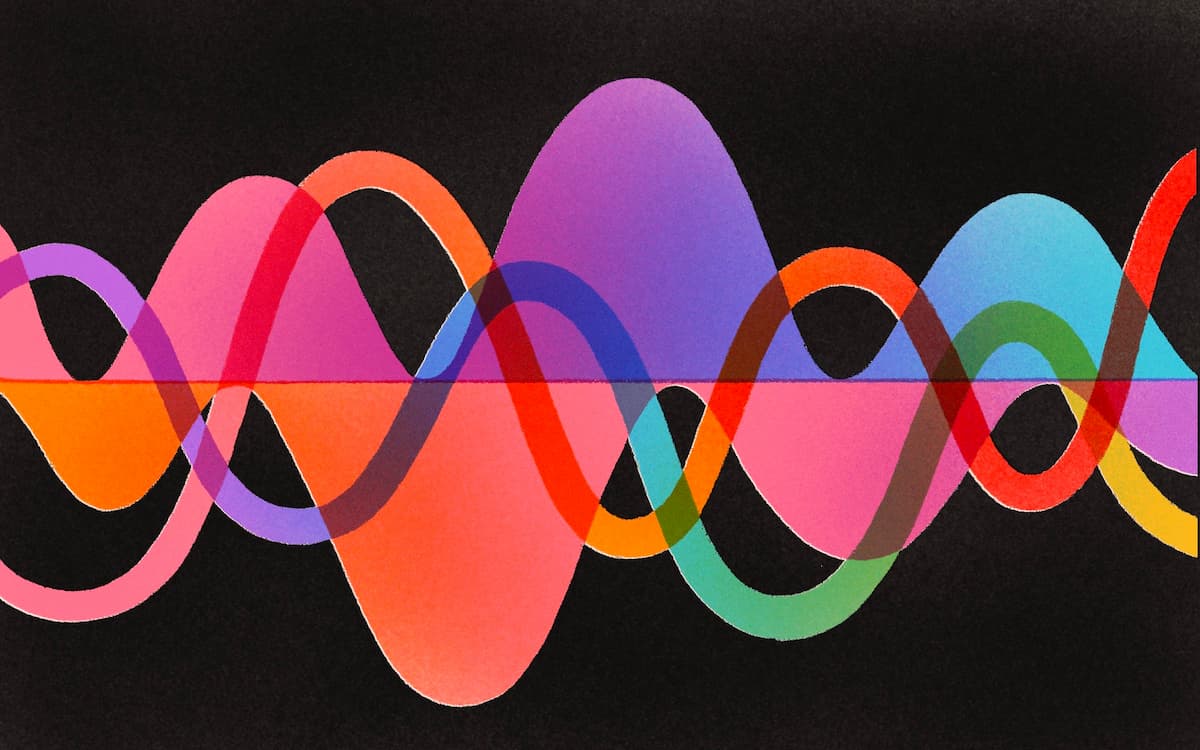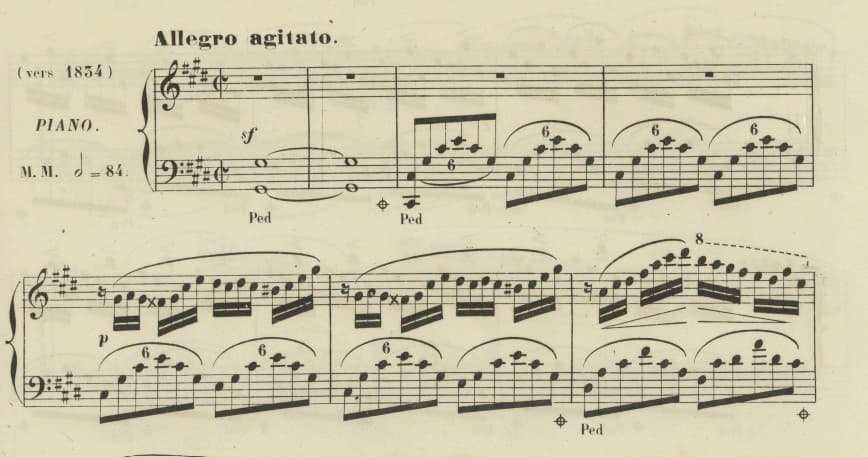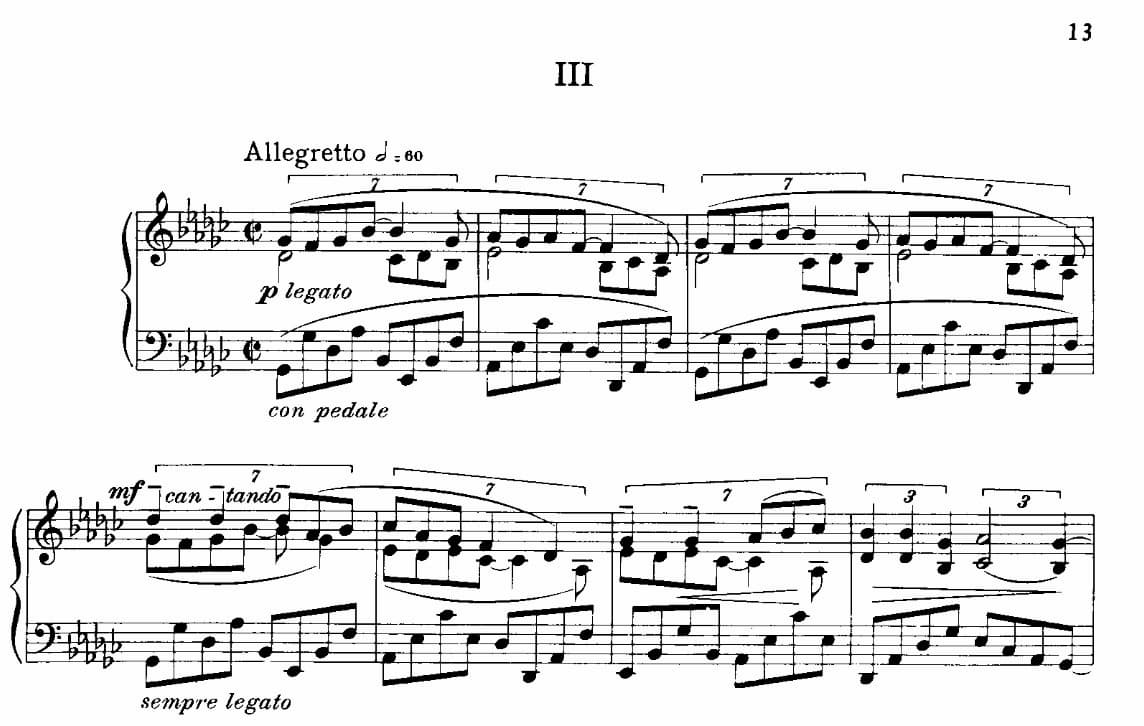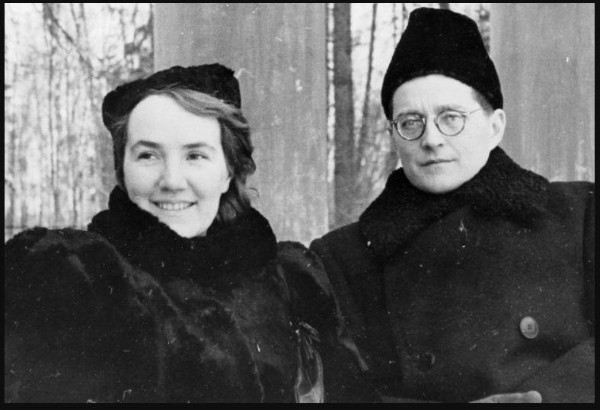We’re used to the two basic rhythms: duple and triple. Duple or two is because we have two feet – left-right, one-two, and off we march. Triple is for dancing, like a waltz. The fun comes when they get combined and you have polyrhythms. At its simplest, we have 3 against 2 (3:2). More complicated patterns are 2:5, 3:4, 2:7, 7:11, and so on.

© splice.com
You can teach yourself to make these rhythms with your fingers – beating three in one hand against two in the other. If you can’t get your hands to do that, you can learn them verbal phrases: ‘Not difficult’ will teach 3:2. Both hands beat on NOT, then right on DI, left on FI, right on CULT, and back together for NOT again, with a slight pause between the words:
| Duple | X | X | X | X | ||||||||
| Triple | X | X | X | X | X | X | ||||||
| Words | NOT | DIF- | FI- | CULT | NOT | DIF- | FI- | CULT | ||||
| Words | COLD | CUP | OF | TEA | COLD | CUP | OF | TEA | ||||
| Words | FOUR | FUN- | NY | FROGS | FOUR | FUN- | NY | FROGS |
Once you get this rhythm in your muscle memory, look at your hands – one will be beating in two and the other in three.
What does this have to do with music? Well, polyrhythm shows up all the time and has the effect of lifting us out of time.
Listen, for example to the beginning of Chopin’s Fantaisie-Impromptu, Op. 66. It begins with a held note and then runs of notes in groups of 6 in the left hand. When the right hand enters, it’s in duple: 8 notes in the right hand against the 6 in the left hand. Even if you can’t read music, you can see the visual of the polyrhythm here:

Chopin: Fantasie-Impromptu, Op. 66, mm. 1-7
Frédéric Chopin: Fantasie-Impromptu in C-Sharp Minor, Op. 66 (François-Frédéric Guy, piano)
A more complicated one is Samuel Barber’s Excursions No. 3. This puts four in the left hand against 7 in the right. The score is complex, but you can see the pattern, even if you can’t read the notes.

Barber: Excursions, No. 3: Allegretto, 1945 (G. Schirmer)
Samuel Barber: Excursions, Op. 20 – III. Allegretto (Rudolf Firkušný, piano)
British-French-Israeli composer Nimrod Borenstein layers melodies in his works and in his Op. 66 collection of études, No. 5, based on Kangding Quingge, a traditional Chinese folksong, he uses polyrhythm throughout.
Listen to the work first, then watch the performance – each hand moves at a different speed, particularly when things start to accelerate.
Nimrod Borenstein: Études, Op. 66 – No. 5. Kangding Qingge Étude, Op. 66 (Tra Nguyen, piano)
Nimrod Borenstein: Études, Op. 66 – No. 5. Kangding Qingge Étude, Op. 66, No. 5 (Tra Nguyen, piano)
One place in music where polyrhythms are not only important but sends a message comes in the finale of Act I of Mozart’s Don Giovanni. A lot of things are going on: Don Giovanni is trying to seduce Zerlina. Masetto is very concerned that Zerlina will vanish with Don Giovanni and Leporello is there to run interference. Three masked guests turn up. There are a lot of people with different agendas in a small space.
Different musical groups start to play starting around 03:00, playing music that conflicts: The solo violin and cello are playing one melody in duple against a group playing in triple and then a third band comes in playing in a different triple time. It’s all there for a reason. We first hear a stately minuet in triple, as for the nobility (The masked guests), against that, a rustic folia in duple for those lower in society, and then finally, a boisterous triple-meter allemande for the servant classes (Leporello and Masetto).

Don Giovanni, End of Act I, 2019 (Toronto, Opera Atelier)
It’s all stopped with Zerlina’s scream (04:40).
Simon Keenlyside – Viva la libertà – Don Giovanni, Finale Act I. 2008
Mozart’s polyrhythms underscore the different levels of society depicted through the opera (and at the party).
Polyrhythms lift us out of the ordinary, lift us out of time, and sometimes, send a message.
For more of the best in classical music, sign up for our E-Newsletter


